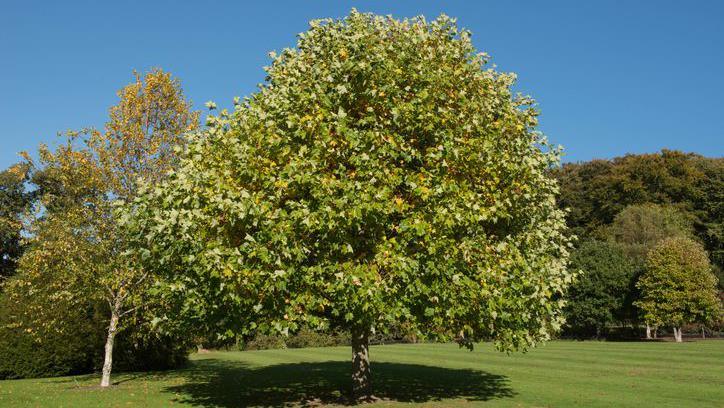Antelopes, rubbish and fish are big winners at the Earthshot Prize
Daniella Relph rounds up the best bits of Earthshot Prize 2024
- Published
Prince William has announced this year’s Earthshot Prize winners at a ceremony in Cape Town, South Africa.
He wore a second-hand jacket, white biodegradable shoes and a home-made Swiftie bracelet to the event, which helps fund projects trying to save the planet.
The Earthshot prize, which is in its fourth year, aims to to celebrate and support people and companies working to provide innovative solutions for climate and environmental issues.
The winners included projects to protect antelope, handle rubbish and use previously wasted energy.
Keep reading to find out about the winners.
Prince William's prize plan to help protect our planet
- Published8 October 2020
Everything you need to know about the Earthshot Prize 2024
- Published1 November 2024
Prince William spotted wearing 'Swiftie' bracelet
- Published6 November 2024
What happened at Earthshot 2024?
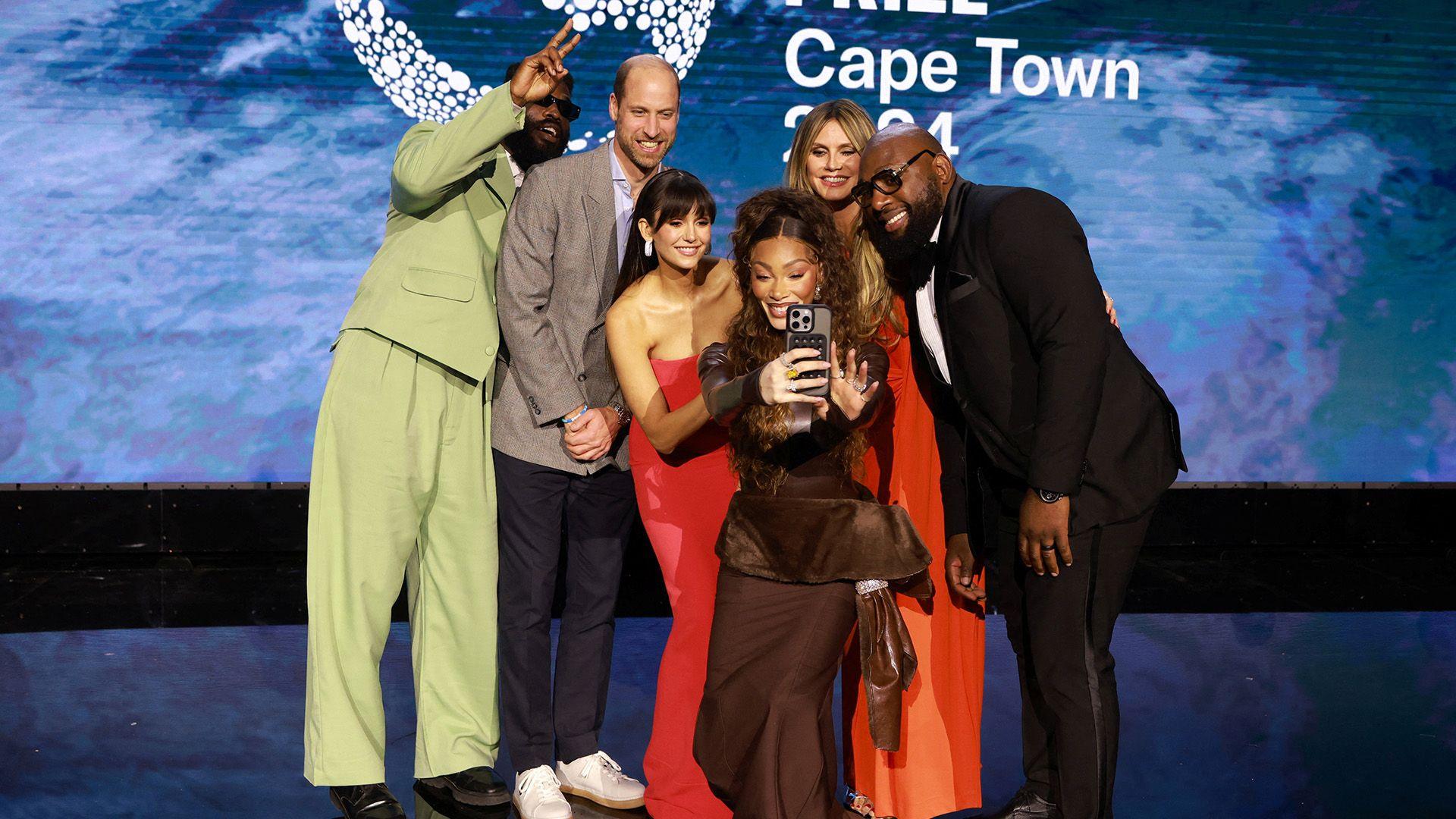
A whole host of celebrity faces walked down the green carpet - rather than the traditional red carpet - in sustainable outfits to support the cause.
The awards ceremony was hosted by actor Billy Porter and TV presenter Bonang Matheba while celebs like Heidi Klum, Winnie Harlow, Nina Dobrev and Tobe Nwigwe handed out the prizes.
In a speech Prince William called on people around the world to join the "movement for change," adding:
"I believe our world can be rich in possibility, in hope, and in optimism.
"That is why the Earthshot Prize exists. To champion the game-changers, the inventors, the makers, the creatives, the leaders."
There are five 'Earthshots' - or goals: Protect and Restore Nature; Clean Our Air; Revive Our Oceans; Build a Waste-free World; and Fix Our Climate.
Winner: Protect and restore nature
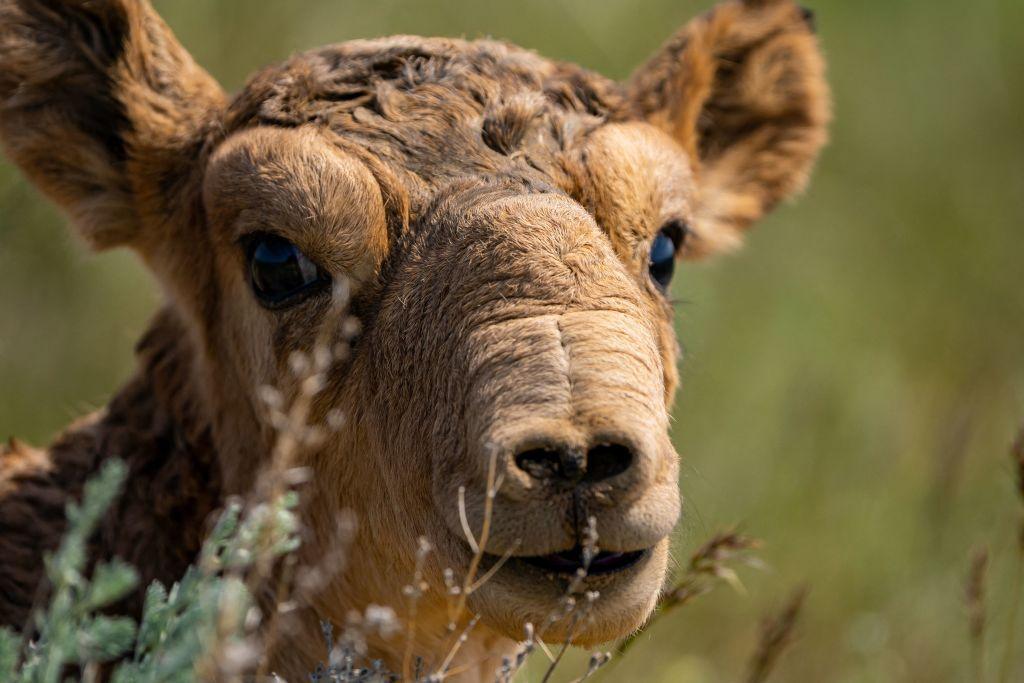
This newborn Saiga antelope was born in Kazakhstan
The Protect and Restore Nature category aims to ensure nature is growing rather than shrinking by 2030.
The winners this year, the Altyn Dala Conservation Initiative, have saved the critically endangered Saiga antelope from extinction.
Their conservation work has recovered Saiga antelope numbers from 20,000 in 2003 to 2.86 million now.
It's one of the world's largest conservation projects and is based in the Golden Steppe in Kazakhstan - one of the world's least protected natural ecosystems.
Their goal for the future is to fully restore the Steppe grassland ecosystem in the country.
Winner: Clean Our Air
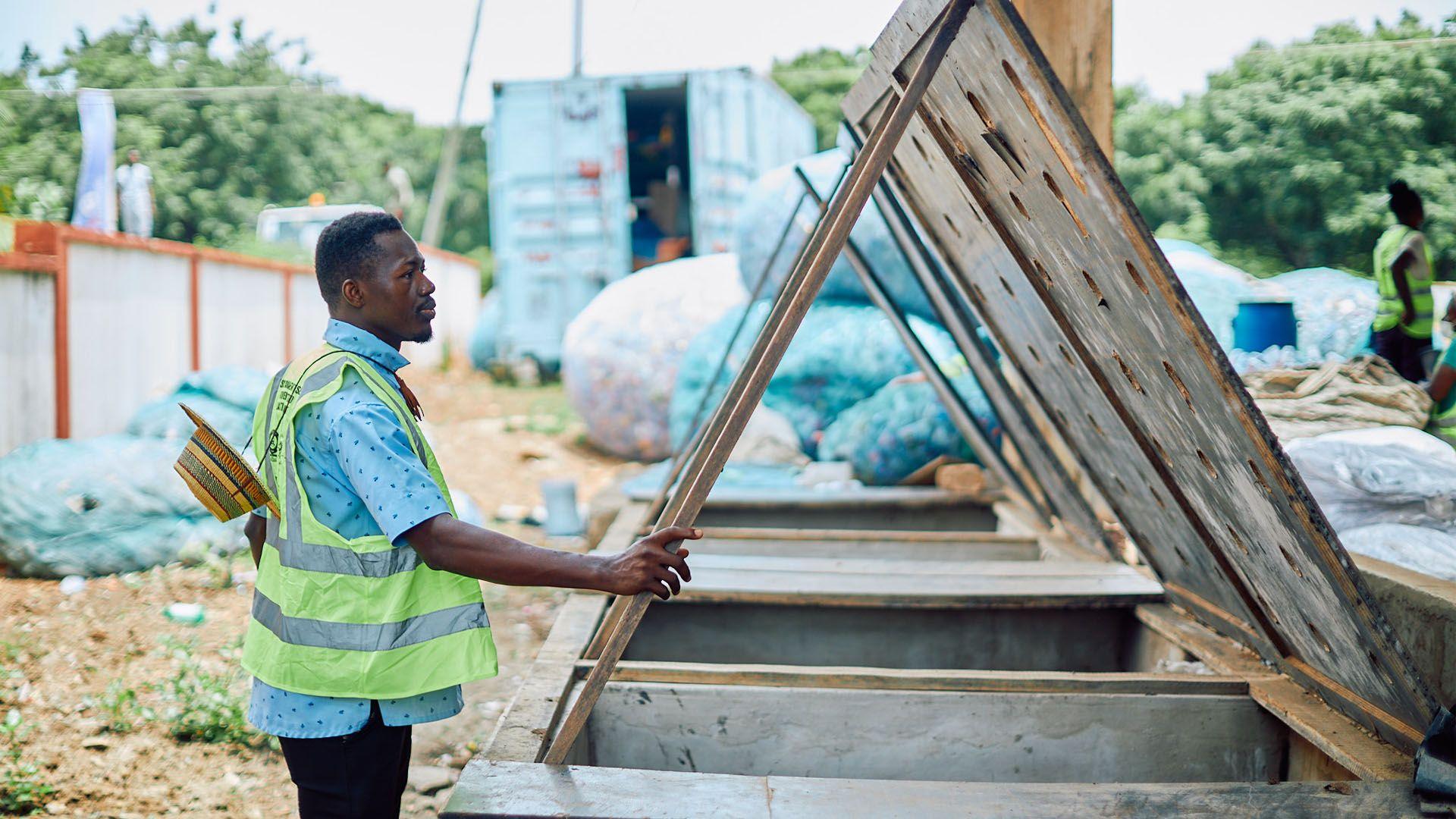
Green Africa Youth Organization
The Clean Our Air prize is given to the most outstanding effort to removing pollution from the air, eliminate the use of fossil fuels and choose 100% renewable energy.
The Green Africa Youth Organization (GAYO) came away with the top prize for their efforts in helping local communities manage their waste.
A lot of waste ends up in landfill because there is a lack of sustainable waste services and the public isn't aware of what they can do.
Last year, GAYO kept 170 tonnes of waste out of landfills and it's estimated these efforts saved around 3.6 tonnes of carbon dioxide going into the atmosphere.
In the future they want to build a waste management movement across Africa.
Winner: Revive Our Oceans

Rita El Zaghloul, Director of High Ambition Coalition for Nature and People
The prize for Revive Our Oceans goes to innovations to help and protect life underwater.
High Ambition Coalition (HAC) for Nature and People came away as the winners this year after pushing governments around the world to officially protect 30% of the land and oceans on Earth by 2030.
HAC has managed to get 120 countries to pledge their commitment to the 30 by 30 target. That's double the amount of countries since 2021.
Winner: Build a Waste-Free World
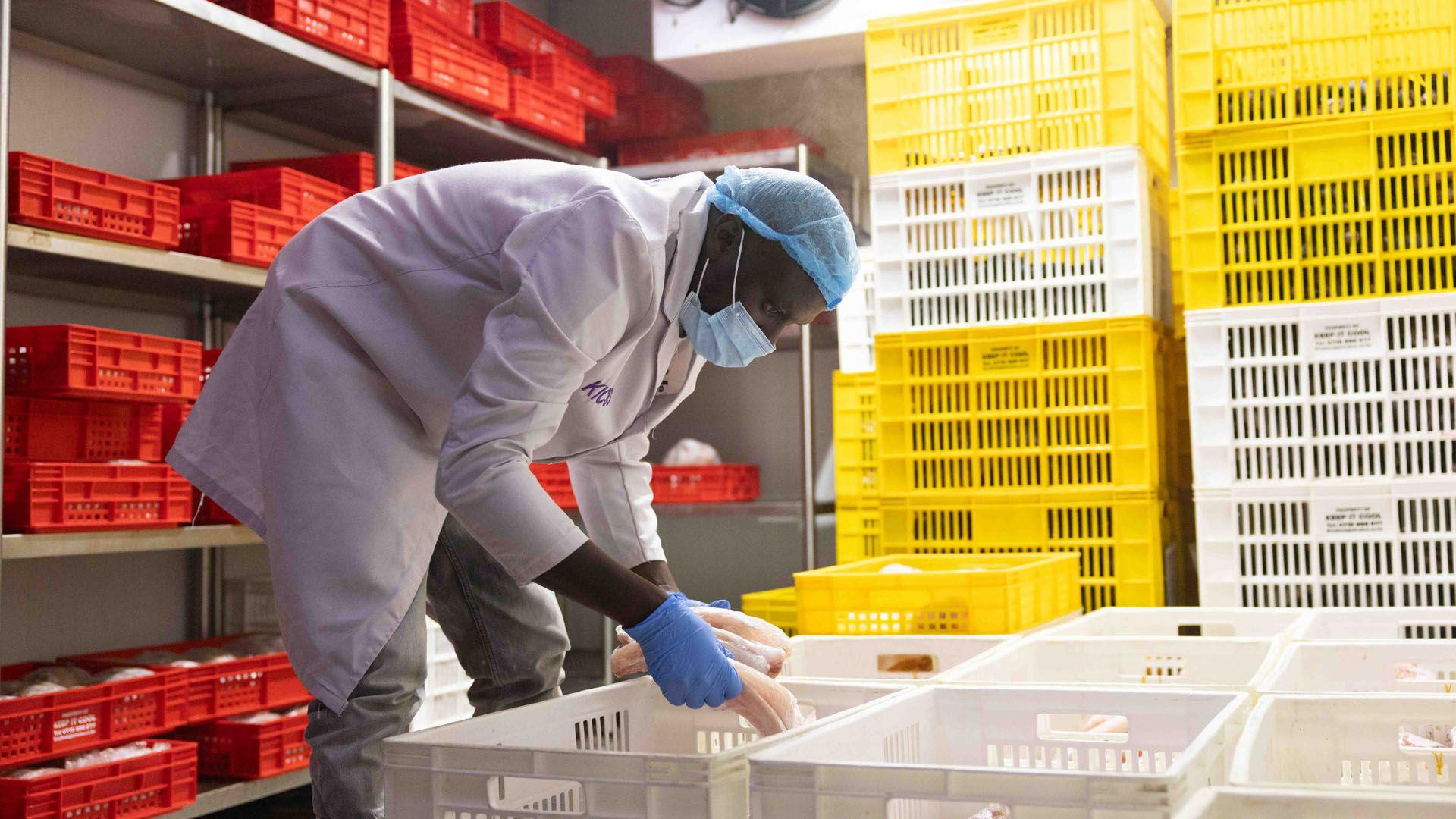
Keep IT Cool
The Build a Waste-free World prize went to Kenya-based company, Keep IT Cool which helps farmers and fishers keep their food fresh with sustainable refrigeration.
People who make their living fishin can lose up to half of their catch every day because it goes off without a way to keep it cool.
Keep IT Cool installs solar-powered cold storage units so the catch can stay fresh.
Winner: Fix Our Climate
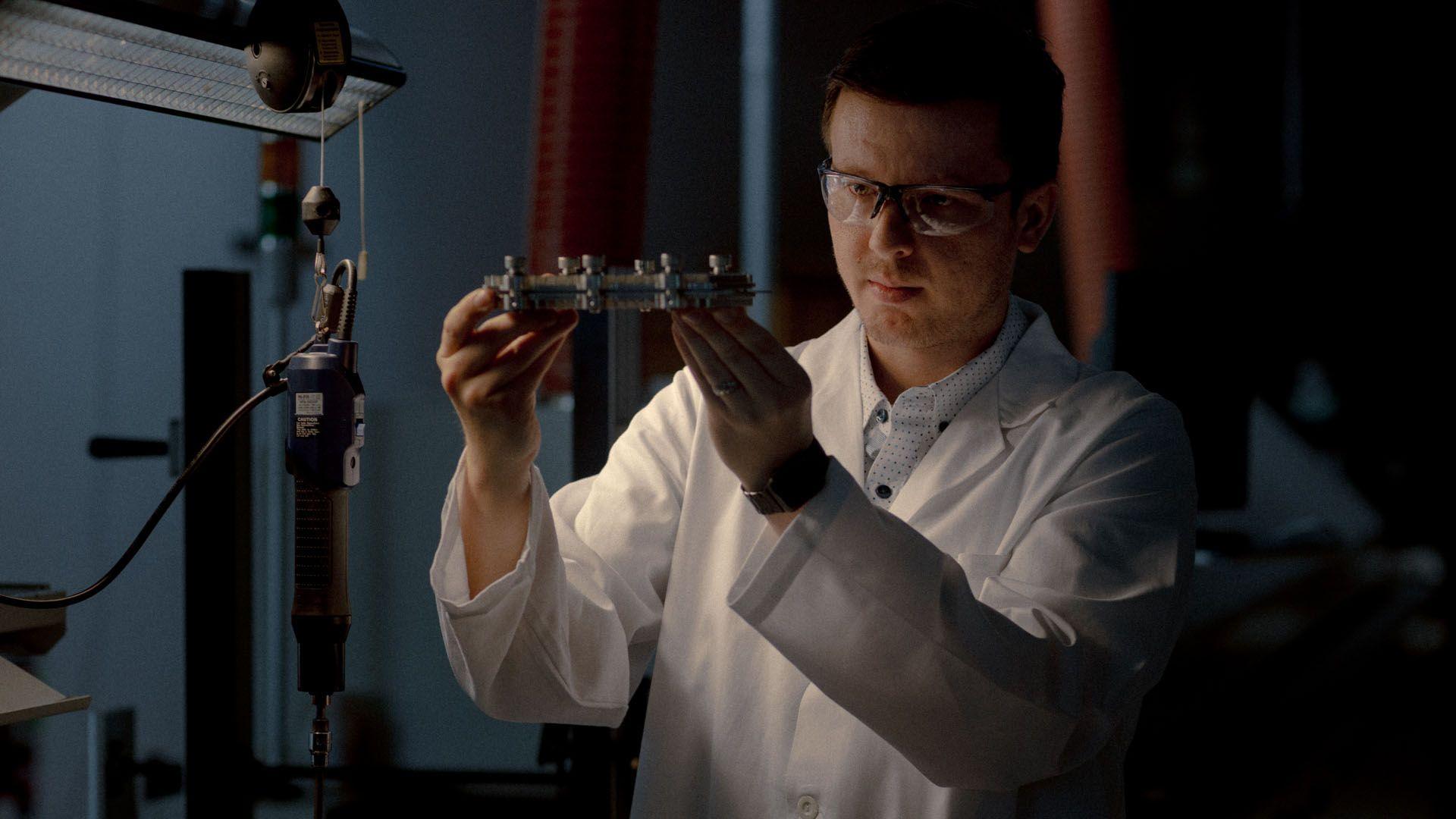
Advanced Thermovoltaic Systems
This prize is awarded to people helping to reduce the levels of gases released into our atmosphere.
Globally the amount of heat wasted when making things like cement and steels is estimated to be the equivalent of energy for four billion homes.
Advanced Thermovoltaic Systems (ATS) has developed technology to capture this wasted heat and convert it into electricity easily and conveniently.
More like this
- Published28 October 2024
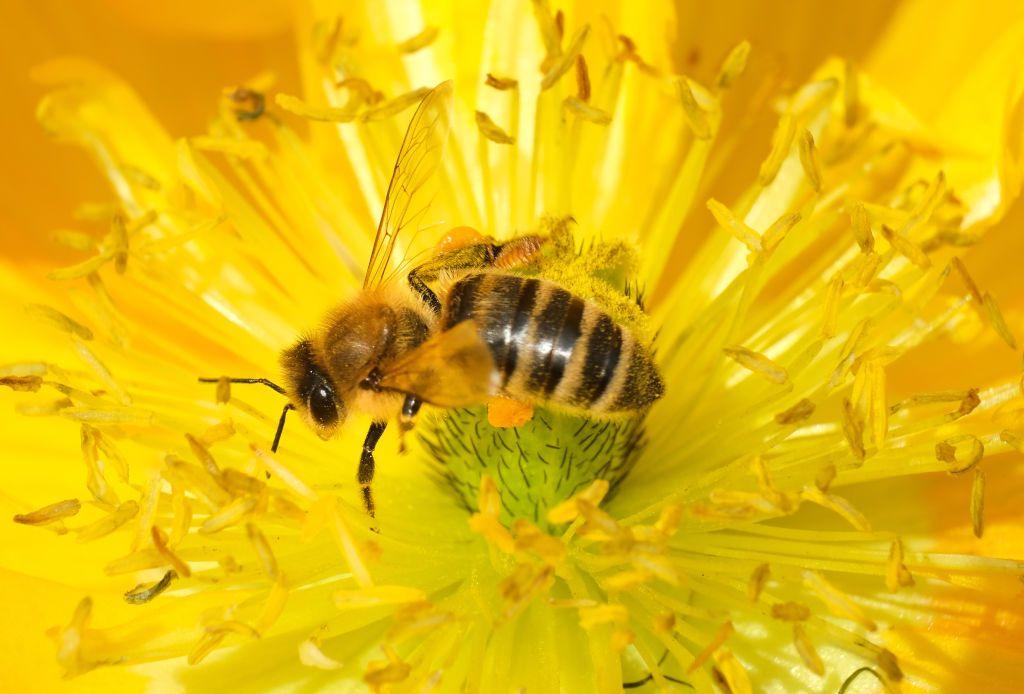
- Published10 January 2024
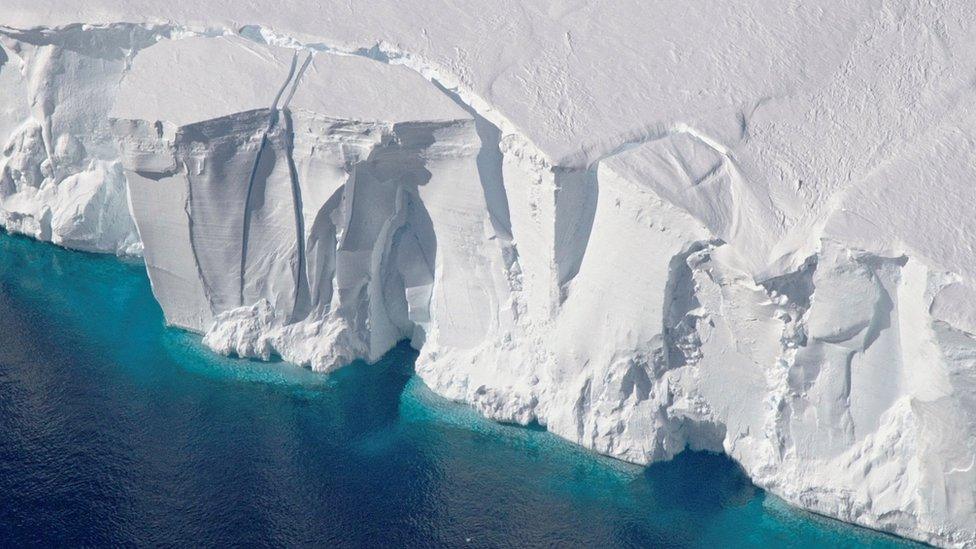
- Published1 August 2024
